Types of surface defects occurs in concrete at construction project
Surface defects in concrete can occur due to ineffective consolidation and negligence at site in concreting activity.
Below i have listed some of the defects which generally occurs at any construction project.
Honeycomb
Honeycomb is a condition of irregular voids due to failure of the mortar to effectively fill the spaces between coarse aggregate particles. Where bridging of the aggregate particles or stiffness of the mixture is a cause of honeycomb, vibration may assist in overcoming the bridging by increasing the flowability of the concrete. Factors that may contribute to honeycombing are: congested reinforcement, insufficient paste content, improper sand-aggregate ratio, improper placing techniques, quick setting on hot concrete, and difficult construction conditions. Changes in mixture proportions to improve workability may assist in reducing or preventing honeycombing.

Bugholes (Air surface voids)
Bugholes on vertical faces are normally caused by air bubbles, but occasionally by water entrapped between the concrete mass and the form, especially in sticky or stiff concrete mixtures of low workability which may have an excessive sand and/or entrapped air content. Also, the use of vibrators of too large an amplitude or the lack of complete insertion of the vibrator head may result in increased air-void formation. Air voids vary in size from microscopic to about 1 in. (25 mm). Rarely will water create bugholes on formed surfaces. Excess water normally manifests itself in other textural defects such as bleeding channels or sand streaks on vertical formed surfaces. Bleed water voids can form at the top of a column and on battered formed surfaces.
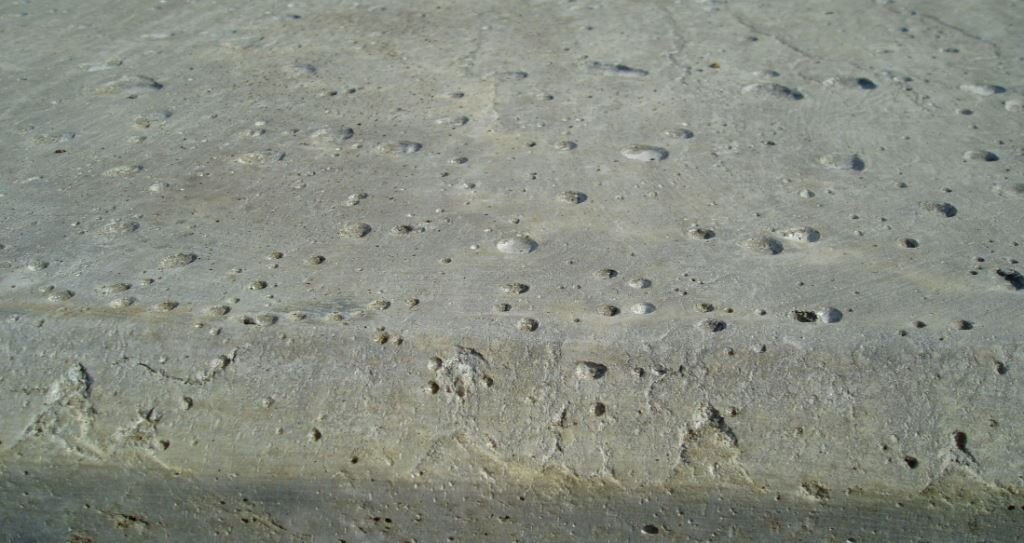

Form Streaking
Form streaking is caused by mortar leaking through form joints and may be aggravated by over vibration from vibrators that are too powerful, or by using forms that vibrate excessively during consolidation. Placing excessively wet or high-slump concrete mixtures will result in more mortar washing out through tie holes and loose fitting forms. Special care is sometimes required when superplasticizers are used, as they tend to increase leakage at form joints and in pump lines.
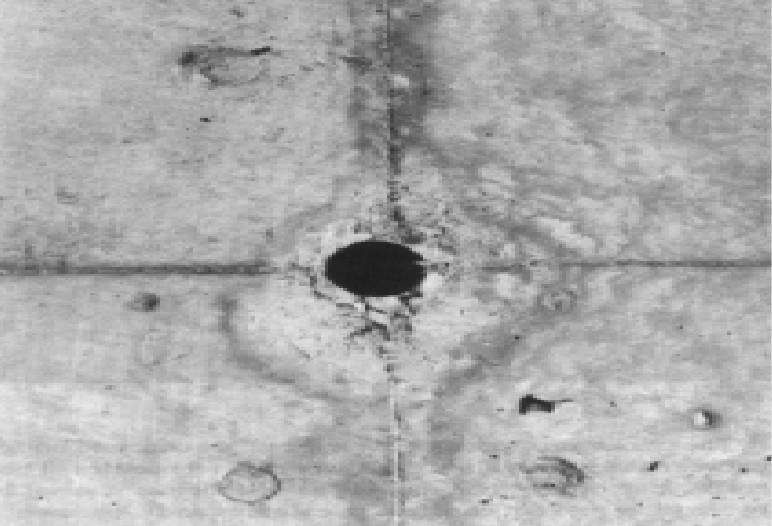
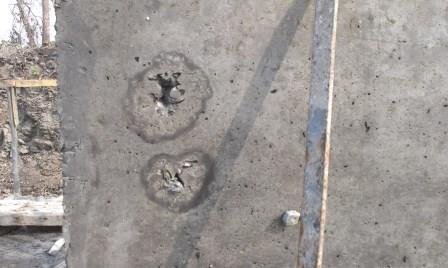
Aggregate Transparency
Aggregate transparency is a condition characterized by a mottled coloring on the surface which results from deficiencies in the mortar. It may result when concrete mixtures have low sand content, dry or porous aggregates, or high slump with some lightweight and normal weight aggregates. Also, high density or glossy form surfaces may cause aggregate transparency.

Subsidence cracking
Subsidence cracking results from the development of tension when the concrete settles after or near initial set. The cracks are caused because the upper concrete bridges between the forms while the lower concrete settles. These cracks may occur when there is an insufficient interval between placement of concrete in columns and placement of concrete for slabs or beams. They may also occur adjacent to block outs or over reinforcing bars with shallow cover.
To prevent subsidence cracking, the concrete can be re-vibrated. Re-vibration is most effective when done at the latest time at which the vibrator head will penetrate the concrete under its own weight. Subsidence cracking over reinforcing bars can be controlled by increasing concrete cover during the design phase and by using well-consolidated, low-slump concrete.
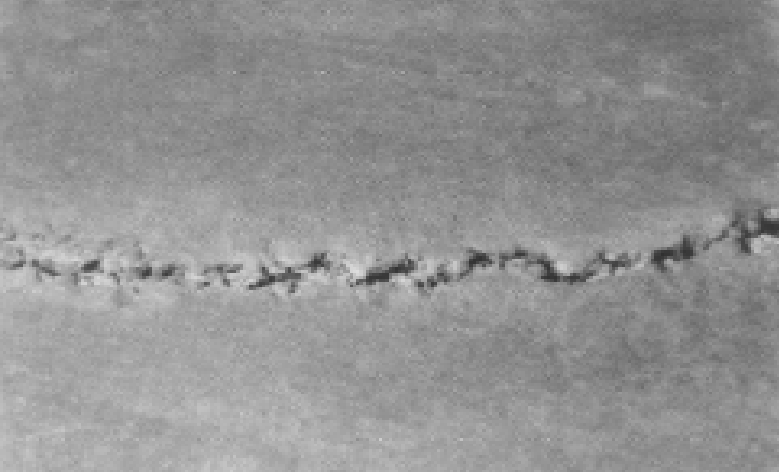
Color variation
Color variation may occur within a placement if the concrete is not uniform or is incompletely mixed. Vibrators inserted too close to the form destroy the release agent or mar the form surface. External vibration used haphazardly may also cause color variation. Furthermore, color variations may result from non-uniform absorption and/or non-uniform application of the release agent.
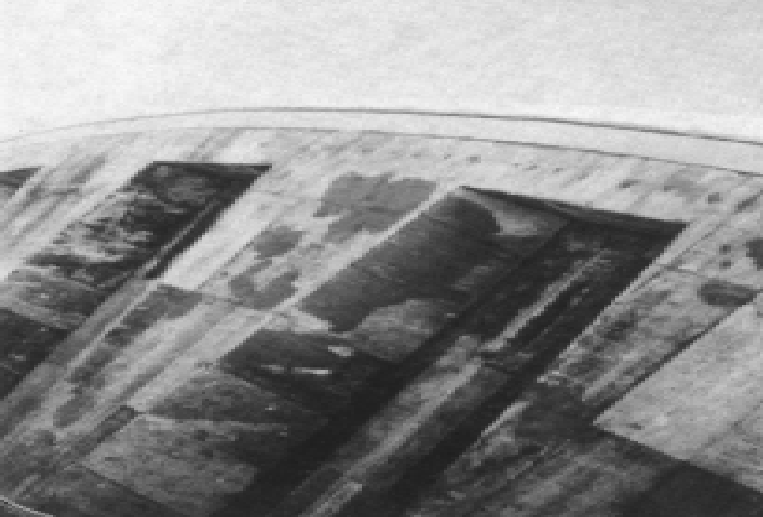

Sand streaking
Sand streaking is a streak of exposed fine aggregate in the surface of the formed concrete caused by heavy bleeding along the form. It frequently results from the use of harsh, wet mixtures, particularly those deficient in 0.30 to 0.15 mm and smaller sizes. Sand streaking is controlled by the use of tight forms and proper mixture proportioning, using well- graded fines to minimize bleeding. Although the characteristics of portland cement and pozzolans, if used, have some influence on bleeding, the grading of the fine aggregate is of greater importance. Streaking tendencies increase when the ratio of sand to cementing materials increases, such as in lean mixtures.
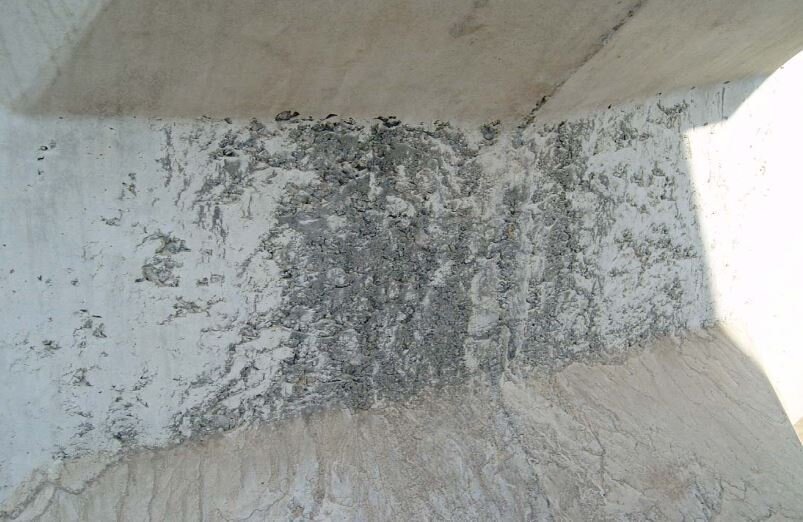
Layer lines
Layer lines are dark horizontal lines on formed surfaces which indicate the boundary between concrete placements. Layer lines are caused by stiffening or insufficient consolidation of the lower level due to lack of penetration of the vibrator into the lower level.
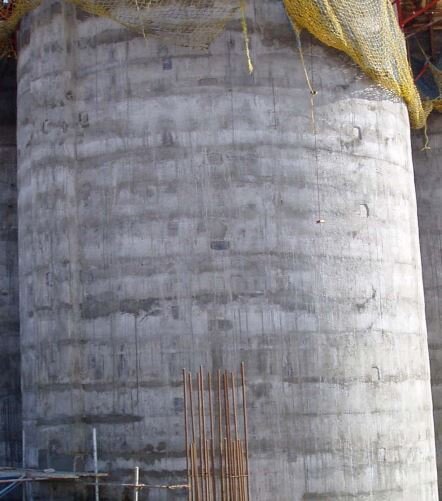
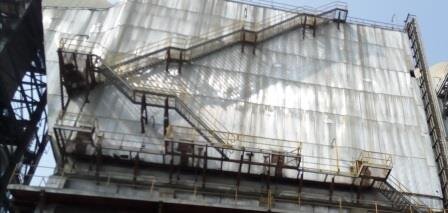
Form offsets
Form offsets are usually caused by inadequate stiffness or anchorage of the forms and can be aggravated by too high a rate of placement and/or using too powerful a vibrator.

Cold joints
Cold joints frequently occur in concrete for many reasons. Cold joints can often be avoided by contingency planning, back-up equipment, working to keep the concrete surface alive, and working to vibrate into lower lifts.

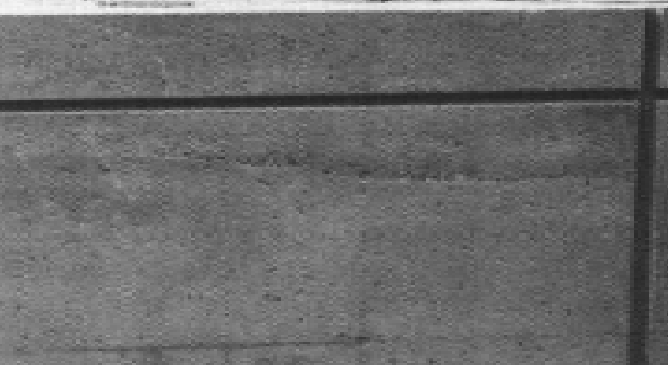
Bird Bath
Its a minor defect in concrete surface cause by not leveling surface correctly.

Concreting is a Art and not the job which can be done by anyone.
Surface defects in concrete can occur due to ineffective consolidation and negligence at site in concreting activity.
Below i have listed some of the defects which generally occurs at any construction project.
Honeycomb
Honeycomb is a condition of irregular voids due to failure of the mortar to effectively fill the spaces between coarse aggregate particles. Where bridging of the aggregate particles or stiffness of the mixture is a cause of honeycomb, vibration may assist in overcoming the bridging by increasing the flowability of the concrete. Factors that may contribute to honeycombing are: congested reinforcement, insufficient paste content, improper sand-aggregate ratio, improper placing techniques, quick setting on hot concrete, and difficult construction conditions. Changes in mixture proportions to improve workability may assist in reducing or preventing honeycombing.

Bugholes (Air surface voids)
Bugholes on vertical faces are normally caused by air bubbles, but occasionally by water entrapped between the concrete mass and the form, especially in sticky or stiff concrete mixtures of low workability which may have an excessive sand and/or entrapped air content. Also, the use of vibrators of too large an amplitude or the lack of complete insertion of the vibrator head may result in increased air-void formation. Air voids vary in size from microscopic to about 1 in. (25 mm). Rarely will water create bugholes on formed surfaces. Excess water normally manifests itself in other textural defects such as bleeding channels or sand streaks on vertical formed surfaces. Bleed water voids can form at the top of a column and on battered formed surfaces.


Form Streaking
Form streaking is caused by mortar leaking through form joints and may be aggravated by over vibration from vibrators that are too powerful, or by using forms that vibrate excessively during consolidation. Placing excessively wet or high-slump concrete mixtures will result in more mortar washing out through tie holes and loose fitting forms. Special care is sometimes required when superplasticizers are used, as they tend to increase leakage at form joints and in pump lines.


Aggregate Transparency
Aggregate transparency is a condition characterized by a mottled coloring on the surface which results from deficiencies in the mortar. It may result when concrete mixtures have low sand content, dry or porous aggregates, or high slump with some lightweight and normal weight aggregates. Also, high density or glossy form surfaces may cause aggregate transparency.

Subsidence cracking
Subsidence cracking results from the development of tension when the concrete settles after or near initial set. The cracks are caused because the upper concrete bridges between the forms while the lower concrete settles. These cracks may occur when there is an insufficient interval between placement of concrete in columns and placement of concrete for slabs or beams. They may also occur adjacent to block outs or over reinforcing bars with shallow cover.
To prevent subsidence cracking, the concrete can be re-vibrated. Re-vibration is most effective when done at the latest time at which the vibrator head will penetrate the concrete under its own weight. Subsidence cracking over reinforcing bars can be controlled by increasing concrete cover during the design phase and by using well-consolidated, low-slump concrete.

Color variation
Color variation may occur within a placement if the concrete is not uniform or is incompletely mixed. Vibrators inserted too close to the form destroy the release agent or mar the form surface. External vibration used haphazardly may also cause color variation. Furthermore, color variations may result from non-uniform absorption and/or non-uniform application of the release agent.


Sand streaking
Sand streaking is a streak of exposed fine aggregate in the surface of the formed concrete caused by heavy bleeding along the form. It frequently results from the use of harsh, wet mixtures, particularly those deficient in 0.30 to 0.15 mm and smaller sizes. Sand streaking is controlled by the use of tight forms and proper mixture proportioning, using well- graded fines to minimize bleeding. Although the characteristics of portland cement and pozzolans, if used, have some influence on bleeding, the grading of the fine aggregate is of greater importance. Streaking tendencies increase when the ratio of sand to cementing materials increases, such as in lean mixtures.

Layer lines
Layer lines are dark horizontal lines on formed surfaces which indicate the boundary between concrete placements. Layer lines are caused by stiffening or insufficient consolidation of the lower level due to lack of penetration of the vibrator into the lower level.


Form offsets
Form offsets are usually caused by inadequate stiffness or anchorage of the forms and can be aggravated by too high a rate of placement and/or using too powerful a vibrator.

Cold joints
Cold joints frequently occur in concrete for many reasons. Cold joints can often be avoided by contingency planning, back-up equipment, working to keep the concrete surface alive, and working to vibrate into lower lifts.


Bird Bath
Its a minor defect in concrete surface cause by not leveling surface correctly.

Concreting is a Art and not the job which can be done by anyone.
